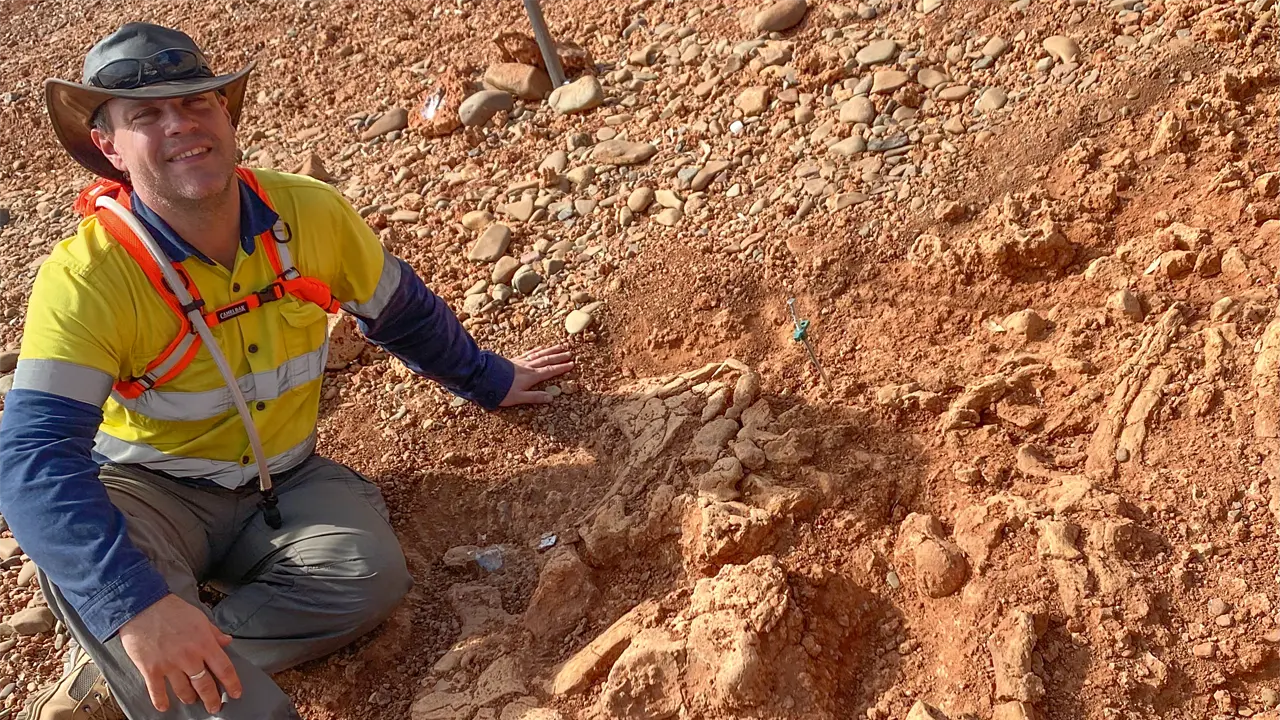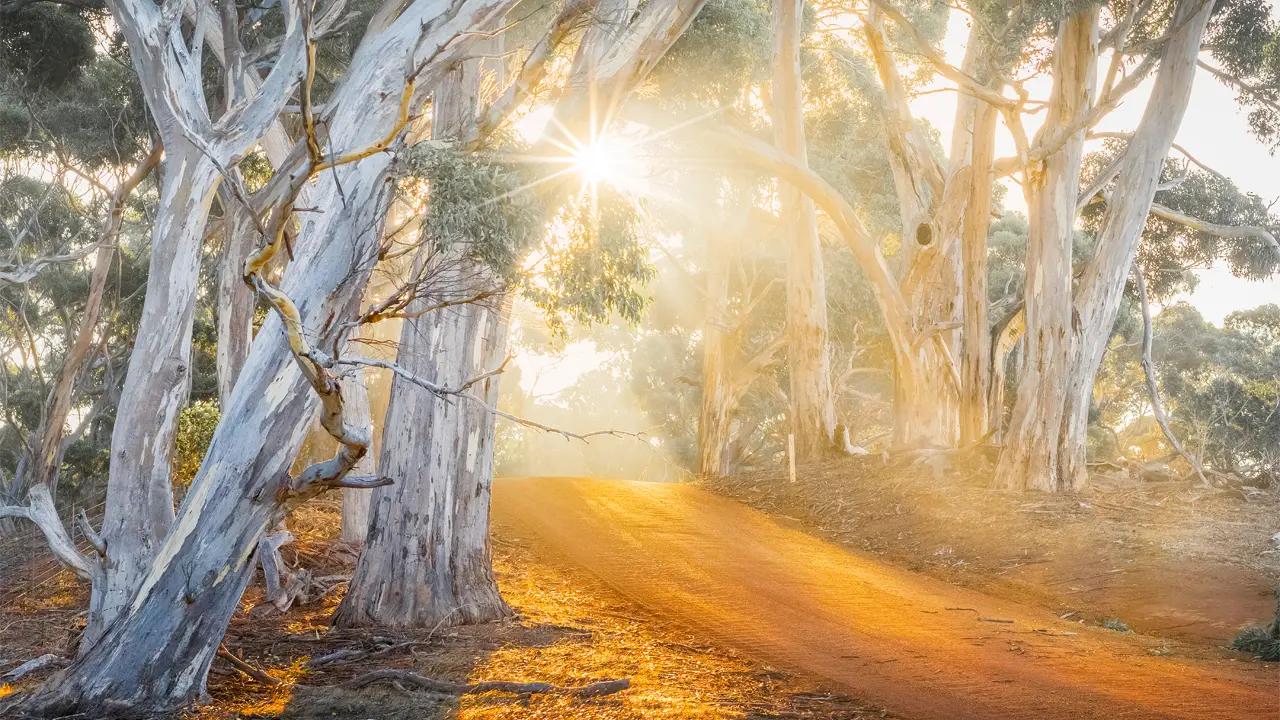Three generations of the Sullivan family ensure that Cave Creek Station, in the Northern Territory’s Never Never country, has a bright future in Australia’s cattle industry.
Story By Kerry Sharp
The Sullivan clan reckon they got the best of both worlds when they bought Cave Creek Station in Australia’s famous ‘Never Never’ country in 1990. All three generations – Jim and Barbara, their five adult offspring and a growing band of grandchildren – either live on or regularly come to Cave Creek and thrive in the wide open spaces and rough-and-tumble of cattle-station life.
But they also cherish a rare bush bonus. The station is just 10 kilometres from historic Mataranka township, which means they can nip down to the local supermarket for supplies, and the younger children can attend a fully fledged primary school.
The regional service town of Katherine is a handy 100km drive up the track and just three hours further north is Darwin, key Australian exit port for the huge livestock carriers that take Cave Creek’s cattle into South-East Asian feedlots.
Cave Creek, in the Territory’s Upper Roper District, is traversed by 18km of the Waterhouse River and was excised from Mataranka Station to its west. Beswick Aboriginal Reserve bounds the property to the north and Elsey National Park to the south. On the eastern border is historic Elsey Station, immortalised by pioneer Jeannie Gunn in her all-time classic, We of the Never Never, which told of her life with husband Aeneas in a time when this was a wild and remote part of the Territory.
The Sullivans’ patch is 37,000 hectares of undulating savannah-woodland country where red sands dominate a mix of soil types including black-soil creek frontages. The main grazing pastures are reached via creek crossings that routinely flood in the wet season, cutting access to the cattle for months at a time. But that’s all built into the seasonality of cattle work in the north.
“We’ve got it pretty good here,” says Jim, 70, the station’s self-confessed ‘dog’s body’ who lives with wife Barbara in a cosy one-bedroom ‘hogan’ he built to replace his original lean-to. “We’ve been in a position to buy an affordable, good-sized cattle station, we’ve got reliable annual rainfall, the capacity to produce good-quality cattle for a readily accessible market – and then there’s the added convenience of being so close to all the supplies and services we need,” Jim says.
Jim pulled up stakes from his New South Wales home aged just 15 to become a stockman, but found himself growing wheat at Coonamble, in the north-west of the state, instead. He eventually ended up in the Northern Territory as a 1960s pioneering farmer, fattening cattle on improved pasture and later trialling rice, bananas, melons and other crops. His base was “Wandinya”, a pilot farm he and Barbara drew in a ballot and developed at Tortilla Flats on the Adelaide River floodplains.
They sold out in 1985 and Jim moved his young family to more remote parts. He spent five years managing cattle operations on Aboriginal stations, including “Aminbidgee” in the Victoria River District (VRD) and “Palumpa” near Port Keats, south-west of Darwin. When the Northern Territory Government offered Cave Creek for sale in 1990, the Sullivans snapped up a rare opportunity to buy an affordable and conveniently located land parcel where they could develop a pastoral operation concentrating on breeder cattle.
This story excerpt is from Issue #66
Outback Magazine: Aug/Sep 2009









